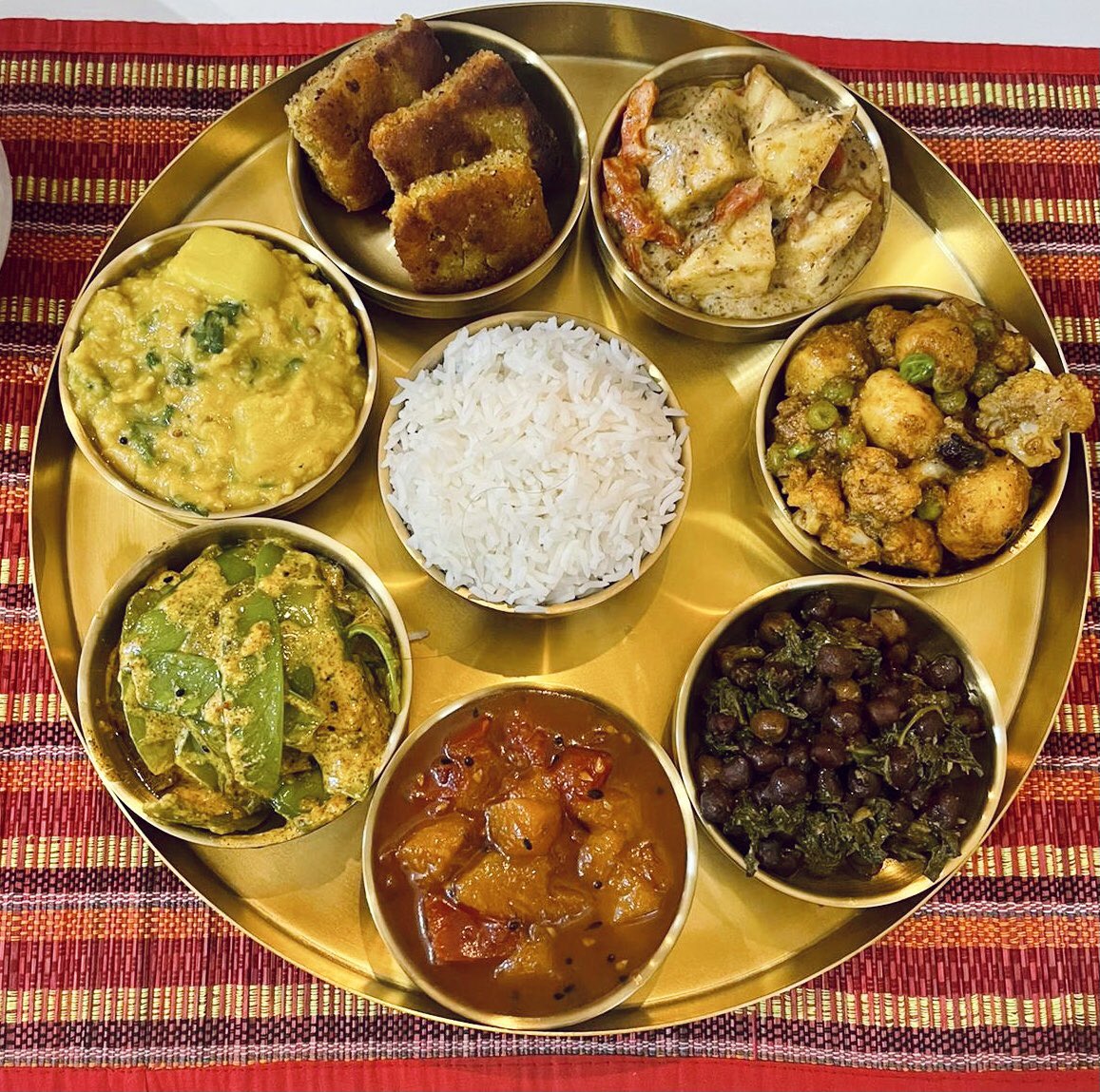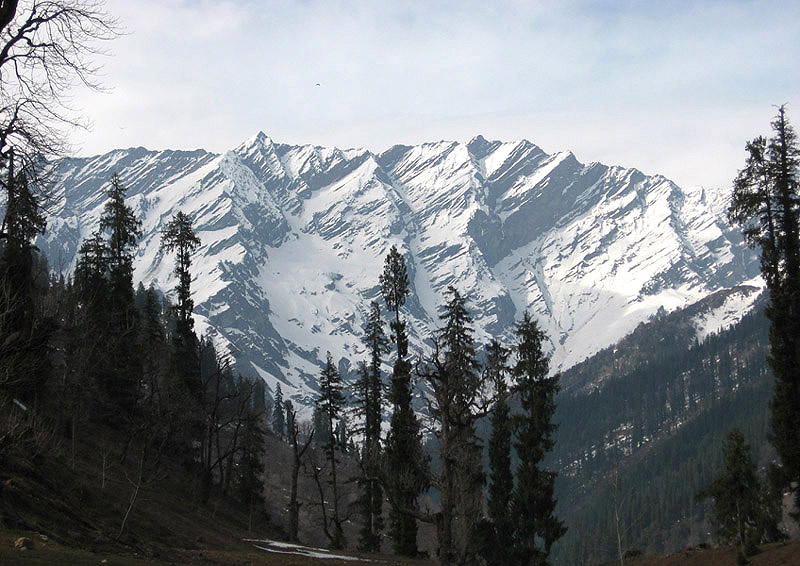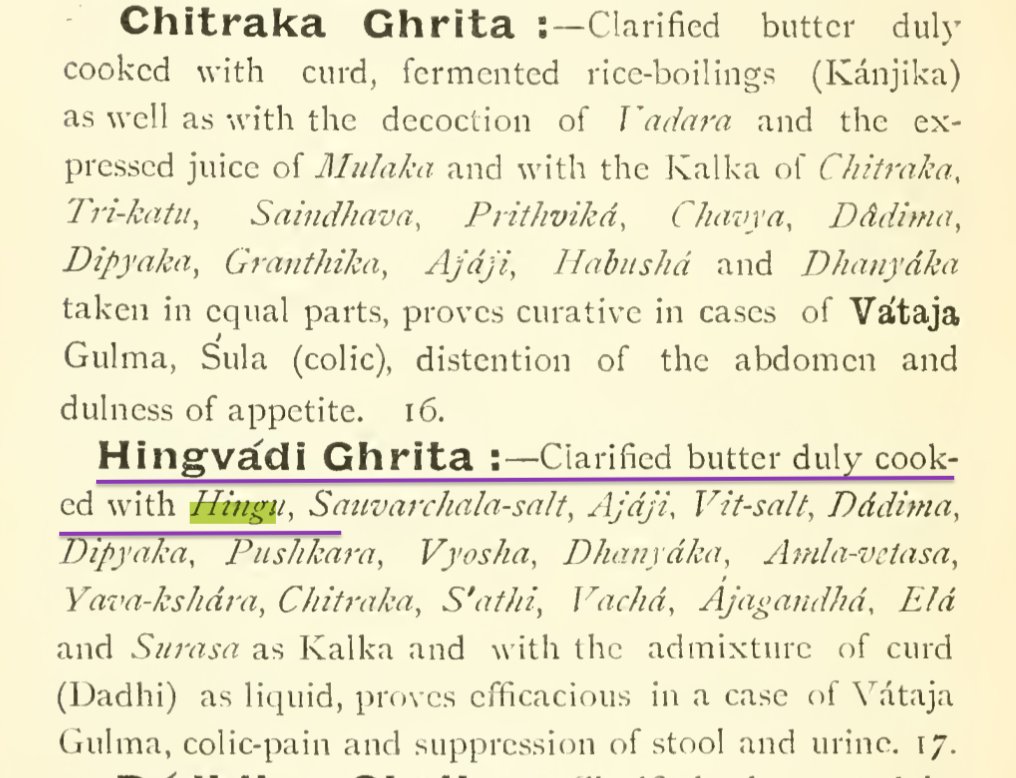
1.
The news of the Taliban initiating destruction of libraries in Afghanistan comes as no surprise. It is the hallmark of Islamic regimes to destroy libraries & universities especially if they belong to Non-Muslims. No country knows this since ancient times better than Bharat.
The news of the Taliban initiating destruction of libraries in Afghanistan comes as no surprise. It is the hallmark of Islamic regimes to destroy libraries & universities especially if they belong to Non-Muslims. No country knows this since ancient times better than Bharat.

2.
Islamic invaders like Bakhtiyar Khilji delivered a death blow to Bharat’s educational system by destroying its best libraries. The loss of millions of invaluable manuscripts was a devastating shock to the heritage of the entire world. This is a shortlist of some of them.
Islamic invaders like Bakhtiyar Khilji delivered a death blow to Bharat’s educational system by destroying its best libraries. The loss of millions of invaluable manuscripts was a devastating shock to the heritage of the entire world. This is a shortlist of some of them.

3.
Nalanda University (Bihar) burned for 3 months after destruction by Bakhtiyar Khilji in 1193 CE. The Library had 9 Million manuscripts. Spread over 3 multi storied buildings, a 9 storied building housed sacred manuscripts.

Nalanda University (Bihar) burned for 3 months after destruction by Bakhtiyar Khilji in 1193 CE. The Library had 9 Million manuscripts. Spread over 3 multi storied buildings, a 9 storied building housed sacred manuscripts.


4.
Vikramshila University (Bihar) was destroyed by Khilji’s army & mistaken for a fort. The university was spread over 100 acres with 3000 scholars, the huge library complex included a massive pillared hall & a water reservoir to cool buildings which held priceless manuscripts.

Vikramshila University (Bihar) was destroyed by Khilji’s army & mistaken for a fort. The university was spread over 100 acres with 3000 scholars, the huge library complex included a massive pillared hall & a water reservoir to cool buildings which held priceless manuscripts.


5.
Odantapuri University (Bihar) held a large library of millions of Hindu & Buddhist books. It too was destroyed by Khilji and a fortress was raised on the site of the university. The library on site was a 3 storied structure with beautiful courtyards & terracotta decorations.

Odantapuri University (Bihar) held a large library of millions of Hindu & Buddhist books. It too was destroyed by Khilji and a fortress was raised on the site of the university. The library on site was a 3 storied structure with beautiful courtyards & terracotta decorations.


6.
Somapuri University (Bengal), was established by Dharmapala of Pala dynasty in 8th c. CE in current Bangladesh. Spread over 27 acres of land, it held a gigantic library of Buddhist, Jain & Hindu manuscripts. It was deserted in late 12th c. CE after repeated Islamic invasions.

Somapuri University (Bengal), was established by Dharmapala of Pala dynasty in 8th c. CE in current Bangladesh. Spread over 27 acres of land, it held a gigantic library of Buddhist, Jain & Hindu manuscripts. It was deserted in late 12th c. CE after repeated Islamic invasions.


7.
Jagaddala University (Bengal) was one of the largest centers of Tantric learning. It was renowned for its translation services & had an imposing library of manuscripts - many of which were translated into Tibetan. In 1027 CE the Muslim invaders sacked & destroyed Jagaddala.

Jagaddala University (Bengal) was one of the largest centers of Tantric learning. It was renowned for its translation services & had an imposing library of manuscripts - many of which were translated into Tibetan. In 1027 CE the Muslim invaders sacked & destroyed Jagaddala.


8.
Valabhi (Gujarat) constructed by Maitraka kings was a university & temple town with a prosperous Hindu & Buddhist population & 6000 resident scholars. Its monumental library was patronized by royal grants. Arab invasions forced it to cease functioning in 12th c. CE

Valabhi (Gujarat) constructed by Maitraka kings was a university & temple town with a prosperous Hindu & Buddhist population & 6000 resident scholars. Its monumental library was patronized by royal grants. Arab invasions forced it to cease functioning in 12th c. CE


9.
Bikrampur Vihara (Bengal) discovered on March 23, 2013 was built in 9th c. CE. It had 8000 students - many from China, Tibet, Nepal & Thailand who came for its grand library of rare manuscripts. Islamic invasions led to mass desertion of the site which soon fell into ruin.
Bikrampur Vihara (Bengal) discovered on March 23, 2013 was built in 9th c. CE. It had 8000 students - many from China, Tibet, Nepal & Thailand who came for its grand library of rare manuscripts. Islamic invasions led to mass desertion of the site which soon fell into ruin.

10.
These were just some of the most significant libraries of ancient Bharat which were storehouses of knowledge for Hindu, Buddhist & Jain traditions. One can only imagine the extent of irreplaceable manuscripts that were burnt & destroyed.
These were just some of the most significant libraries of ancient Bharat which were storehouses of knowledge for Hindu, Buddhist & Jain traditions. One can only imagine the extent of irreplaceable manuscripts that were burnt & destroyed.
11.
Besides the loss of knowledge in the form of written manuscripts, the most horrific loss was in the form of savage murder of thousands of scholars who had enriched these temples of learning. Bharat was never able to recover fully after this genocidal onslaught.
Besides the loss of knowledge in the form of written manuscripts, the most horrific loss was in the form of savage murder of thousands of scholars who had enriched these temples of learning. Bharat was never able to recover fully after this genocidal onslaught.

12.
It is a testament to the immense written knowledge that must have existed in Bharat, that despite such widespread destruction, we still have so many manuscripts left. Learned Brahmins & other scholars tried their best to preserve all they could after this dark period.
It is a testament to the immense written knowledge that must have existed in Bharat, that despite such widespread destruction, we still have so many manuscripts left. Learned Brahmins & other scholars tried their best to preserve all they could after this dark period.
• • •
Missing some Tweet in this thread? You can try to
force a refresh





















